Thursday 18th February to Friday 4th March
I’ve rather got behind on my blogging but hopefully will be up to date soon. Too much paradise and liming (the Caribbean version of chilling, hanging out), although I don’t think that I’m really a liming kind of person. There have been concerned emails as to whether I am still alive or might have fallen overboard (OK, one email, thank you) but to be honest I have been just a bit homesick. The plan is to spend five months in the Caribbean, sailing south from Antigua down the chain of islands of the Lesser Antilles and to fly home from Grenada in June. I’m not sure what I had expected from the Caribbean as I hadn’t really looked past the challenge of crossing the Atlantic. Certainly swimming from the boat on beautiful and idyllic anchorages with beaches fringed by palm trees (although I now find out that coconut palms are not native to this part of the world but were originally imported from India). Time to read, relax, and to explore the different islands….
We had spent five days in beautiful and idyllic Barbuda at anchor with only a few other yachts along the miles of silver sand beach with a warm, azure sea. We particularly loved how simple and undeveloped Barbuda was and that tourism where it exists is so low key. This is partly because the island is surrounded by coral reefs stretching out for several miles with only a few safe approaches, which prevents larger boats and cruise ships from visiting. We saw the Magnificent Frigate Bird colony and toured the island…but Hugh wrote about this in the last post, and of our adventure turning the dinghy over. After we finally got back to Vega it was such a joy to be eating scrambled eggs and contemplating how lucky we’d been, and indeed how foolish we’d been in retrospect trying to launch the dinghy in the surf and in the dark.
From Barbuda we had a gentle 14 hour overnight sail to St Kitts and Nevis passing through the Narrows, the straits between the two islands. We went into the marina at Basseterre, the capital of St Kitts, as the outboard motor for the dinghy needed sorting after our escapade and we had to get the usual customs and immigration formalities completed in the port.
Basseterre is a busy thriving town, colourful and vibrant in the way that a Caribbean town should be, in a lovely location with the mountains, often swathed in cloud, rising up behind. On the street there are stalls selling fruit and vegetables, chicken being barbecued and taxi drivers touting for business as you pass. There were some good restaurants with wifi and a supermarket which stocked Waitrose Essentials (you can tell our priorities). It has a cruise ship terminal with duty free shopping area and the islands are clearly promoting tourism and development in a big way. One of the cruise ships that visited for a day was Brittania, P&O ‘s new flagship, carrying 3,600 passengers. We tried to sneak in to get a look round but couldn’t get past security. Just before they were due to set sail in the evening they played Rule Brittania at full volume from the top deck, followed by Land of Hope and Glory, then Jerusalem and God save the Queen, finishing with Rod Stewart’s Sailing. I wasn’t sure whether to stand proudly at the bow of Vega waving our Union Jack flag or to hide it.
The history of slavery is evident on the islands in the old sugar plantation houses, many of which are now exclusive hotels. We hired a car for the day to drive round St Kitts. Along the circular coastal road there are small villages with the mountain slopes stretching up above them. There are still fields of sugar cane along the way, but the cane sugar industry has been in gradual decline since the 19th century and sugar production was finally completely shut down on St Kitts in 2005. With the decline in agriculture, income from tourism is vitally important for the islands of the West Indies, providing employment for the locals. On the way we turned off to visit a ‘lovingly restored eighteen century sugar plantation’ hotel and its beautiful manicured grounds, had pastries and coffee then a gentle walk in the rainforest. There are many other exclusive hotels and resorts on St Kitts, a large development being built in the north high up in the hills, each of the ‘luxuriously designed villas’ having its own pool, with an 18 hole golf course. In buying one of these properties you become eligible for citizenship-by-investment and you can become a St Kitts and Nevis citizen if you are of ‘good character’, with the benefits of visa-free travel to countries such as the UK, Canada and Switzerland, as well as no personal income tax. I hope that all this outside investment which ‘helps benefit the development of the country’ also benefits the local population.
On our trip round the island we also stopped at the Brimstone Hill Fortress where the British tried in vain to hold off 8,000 French soldiers in 1782, although the island eventually came under British control. The British and French started colonising St Kitts from 1624 and fought for years for control of the island, having joined sides briefly in 1626 to completely wipe out the native Carib population. The islands of the West Indies, in the Eastern Caribbean where we are, tend to be either English or French speaking, depending on who eventually got the upper hand, although the actual language spoken by the locals to each other is Creole, which, if you listen carefully you can understand bits of.
We also spent a few nights on St Kitts at anchor in White House Bay on the south east of the island, with snorkelling in the bay to a wreck covered in anemones and fan corals, and an old cannon lying on the seabed almost completely buried in the sand. There is a beach bar there, open in the evenings with a live band – playing reggae and calypso, of course. I think what shocked us most was the scale of development on this south east peninsular of St Kitts, an area described in our out of date Lonely Planet guide to the Eastern Caribbean as wild and unspoiled with salt ponds visited by numerous birds. Now the Salt Ponds have been opened to the sea and a massive marina is being constructed for super-yachts, the scrubby hills around to be covered with villas.
After St Kitts we sailed the few miles south to Nevis, the smaller and quieter island, and after a night at anchor off Oualie Beach, we tied to an official buoy off Pinney’s Beach, lined with coconut palms under the slopes of the volcano (extinct). Nevis has installed buoys for yachts and banned anchoring as it can damage the coral reefs. As we were mooring rain clouds gathered and there was the most spectacular rainbow over the mountain.
On Nevis we wanted to do a longer walk further up into the forest which covers the slopes of Mount Nevis so employed a local guide to take us. We donned walking boots and backpacks with water and emergency supplies and were a little disconcerted that Lee, our guide, appeared to be wearing bedroom slippers (he explained his walking boots were wet). He ambled along at a leisurely pace and I struggled along behind trying to pretend I wasn’t at all out of breath. The personal exercise and fitness regime devised with the help of a personal trainer before leaving on this trip has yet to get started properly. After a few hours walking uphill we reached a look out spot with a steep drop off below, densely forested. An unfortunate hiker who’d slipped over the edge some years earlier had to be winched out by a rescue helicopter brought over from Barbados.
Another less strenuous day we caught a local bus from Charlestown, the main town, to the Botanical Gardens. The grounds of these were full of plants and trees from throughout the Caribbean and the world, but it was the statues from India and Asia and placed throughout the grounds that were most bizarre, collected by the current American owners whilst working in these countries. To continue the theme the restaurant in the Gardens served Thai food and the staff were mostly from the Philippines. On the walk back we passed where Nelson had married Fanny Nisbett, the niece of the island’s governor, in the 1780s. This was near yet another exclusive plantation hotel where Princess Diana had once holidayed.
From St Kitts and Nevis we will head southeast to the volcanic (not so extinct) island of Montserrat….
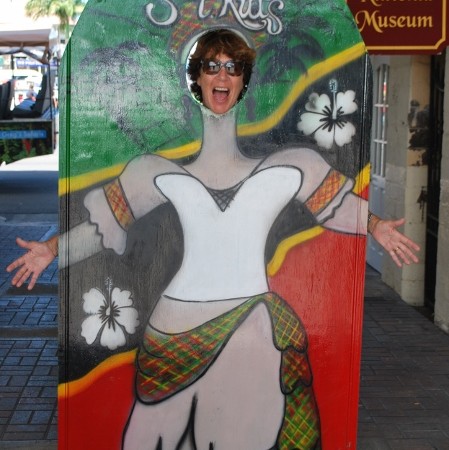
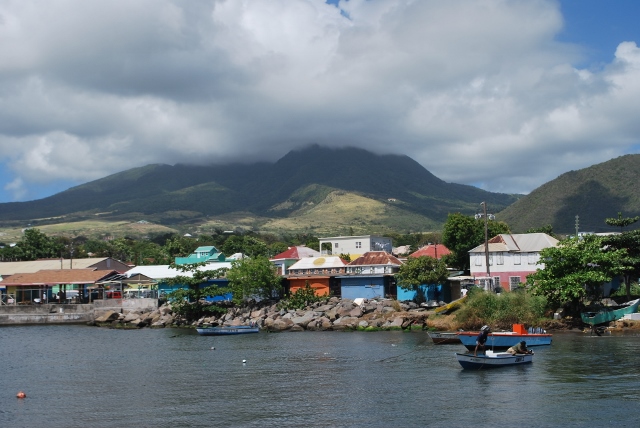
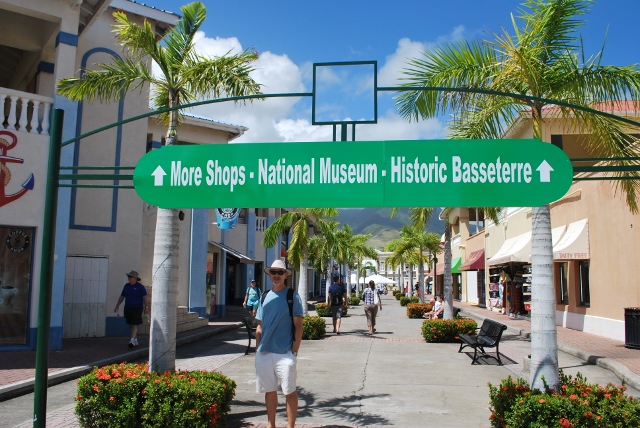
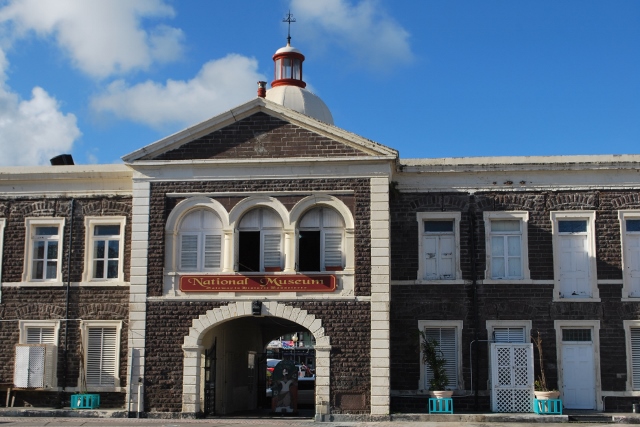
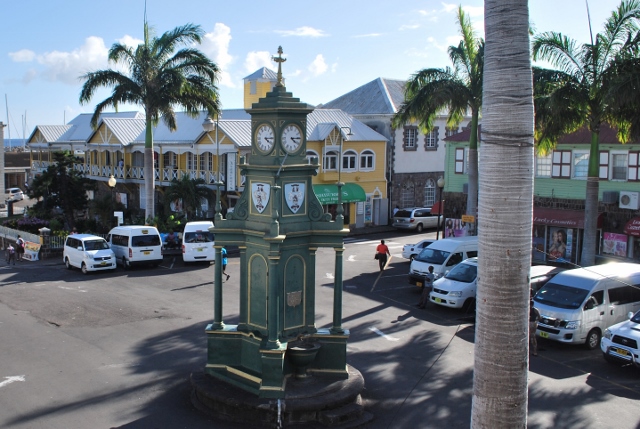
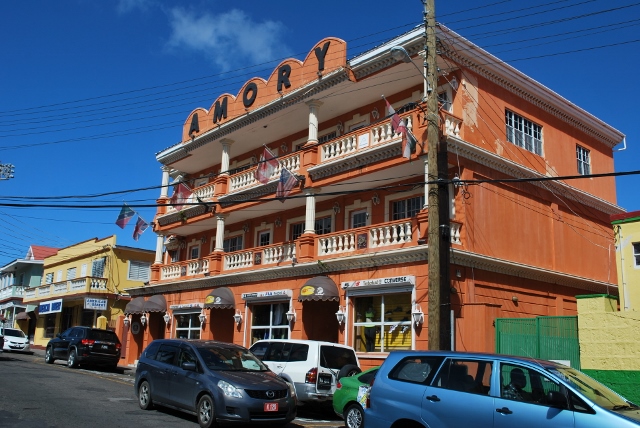
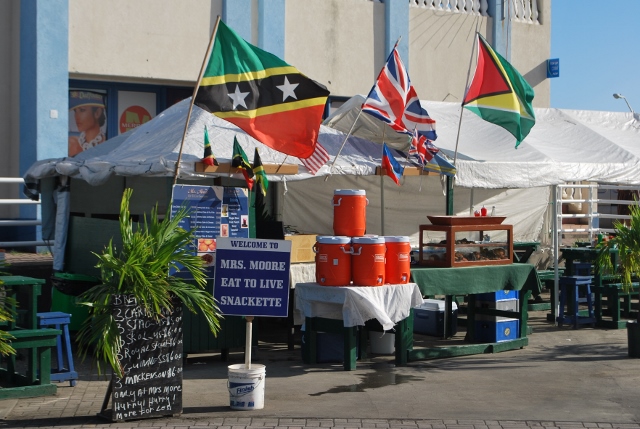
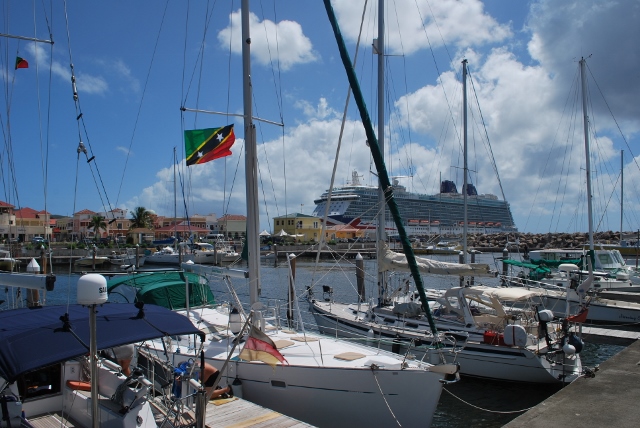
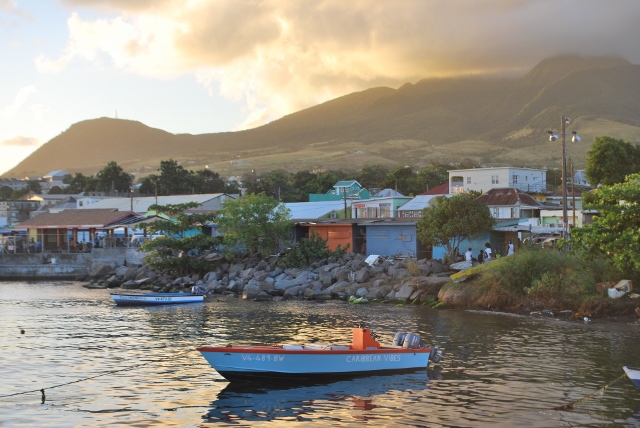
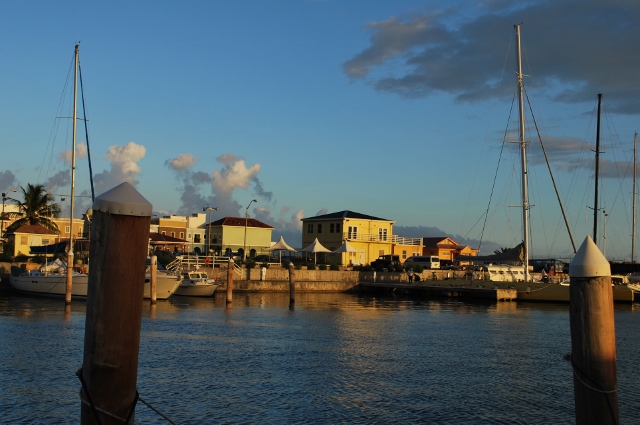
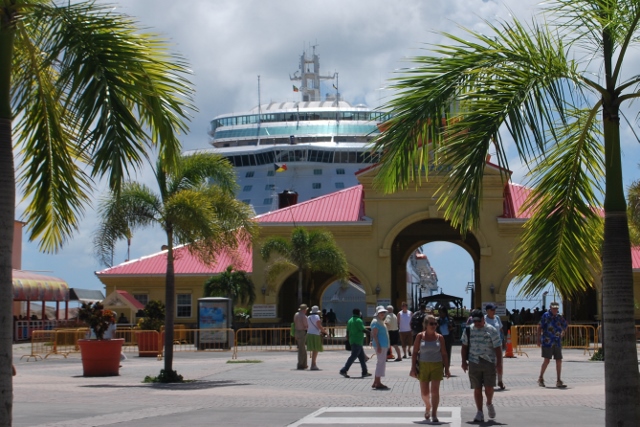
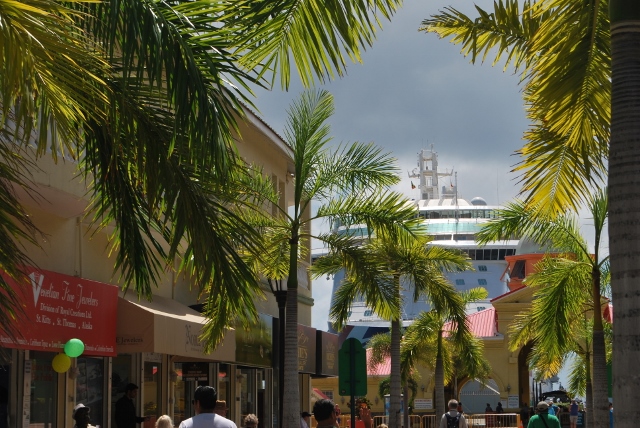
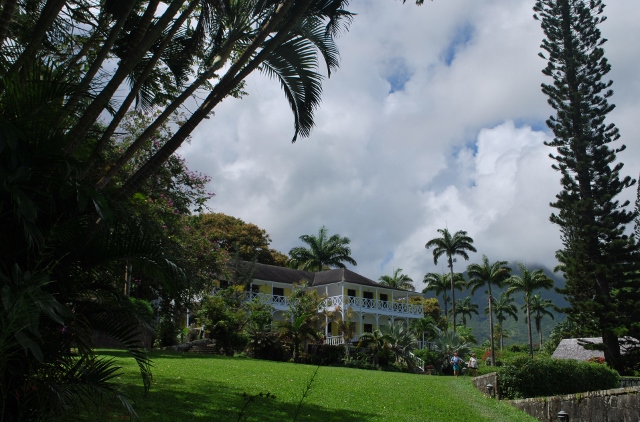
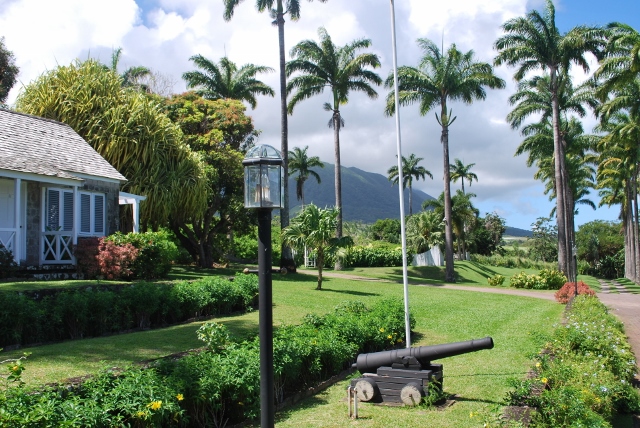
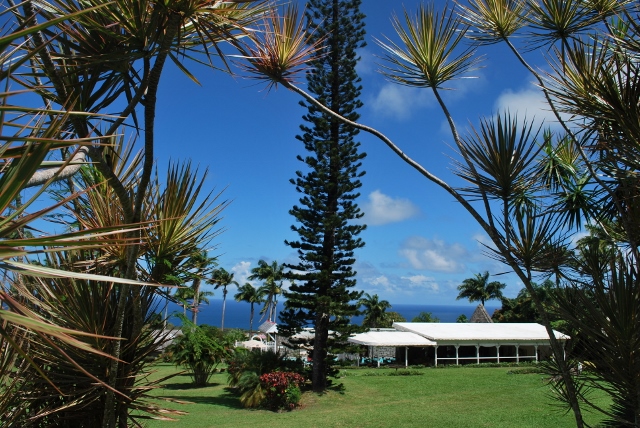
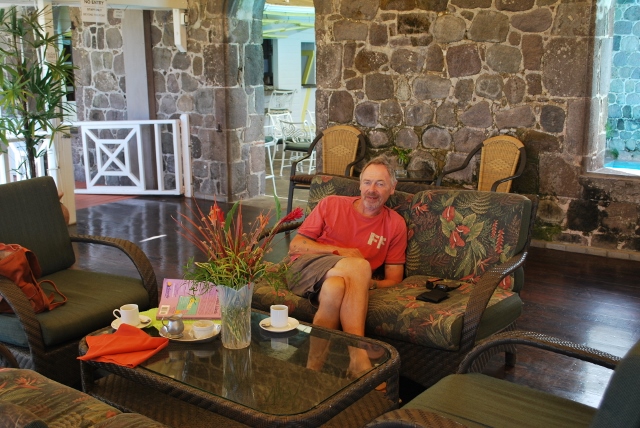
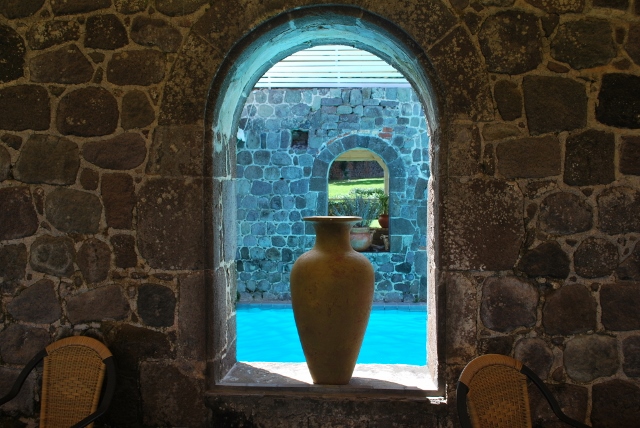
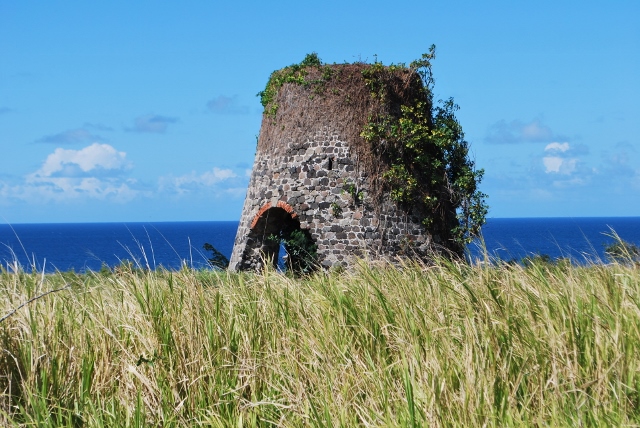
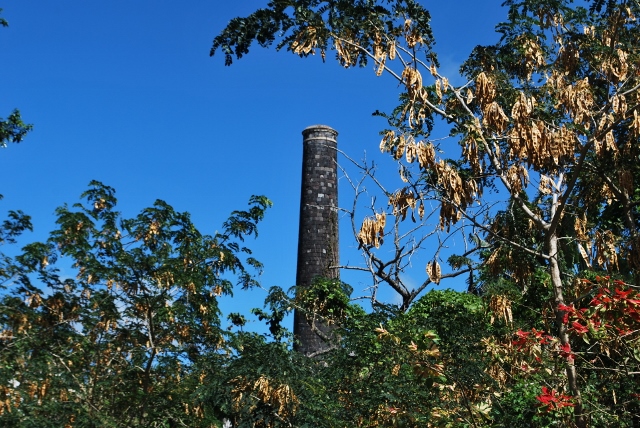
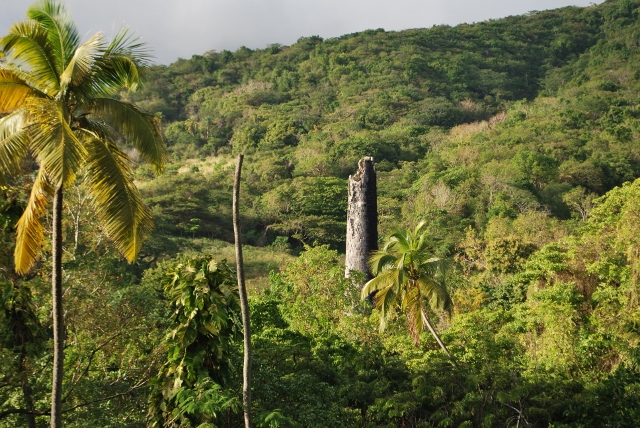
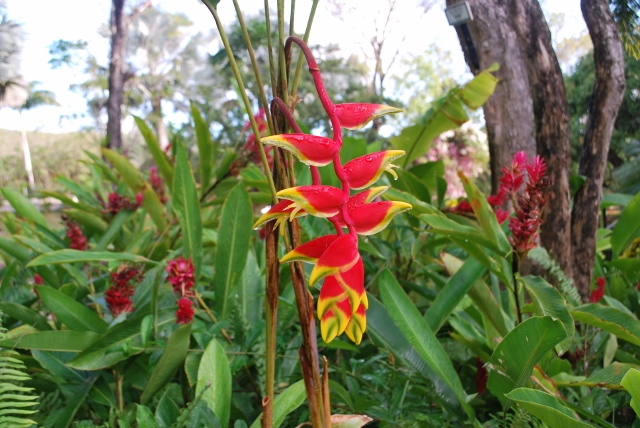
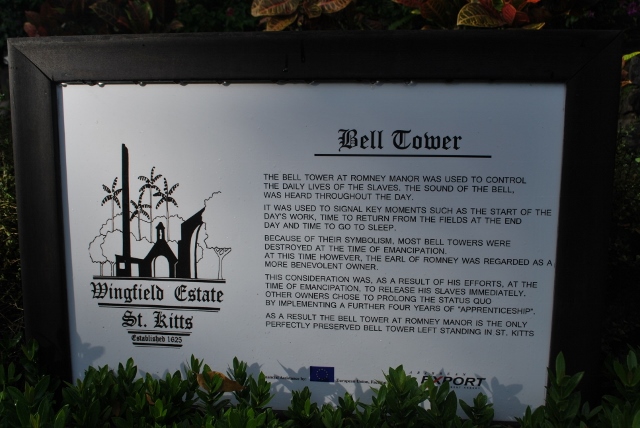
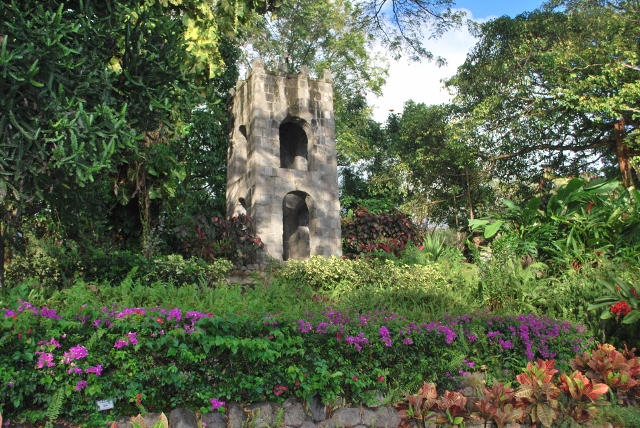
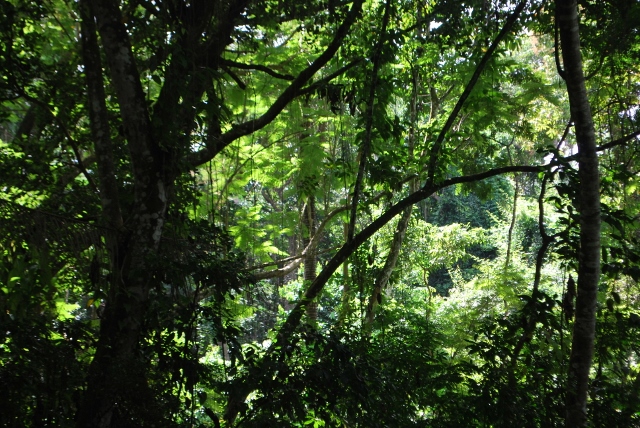
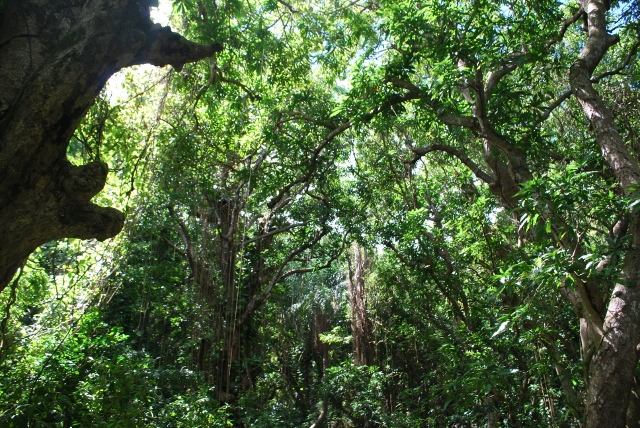
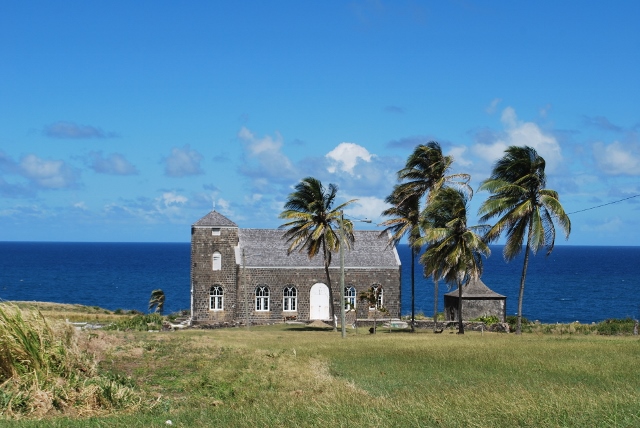
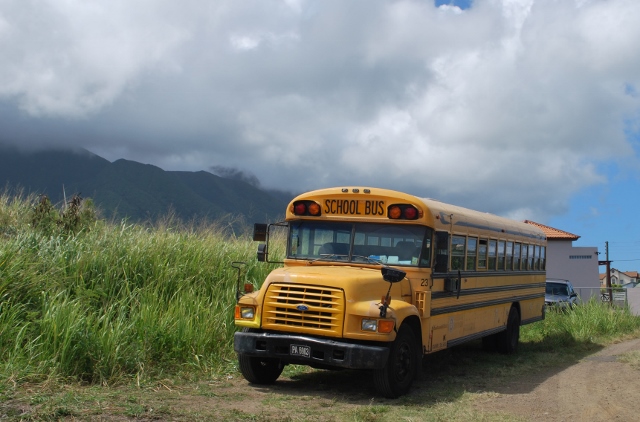
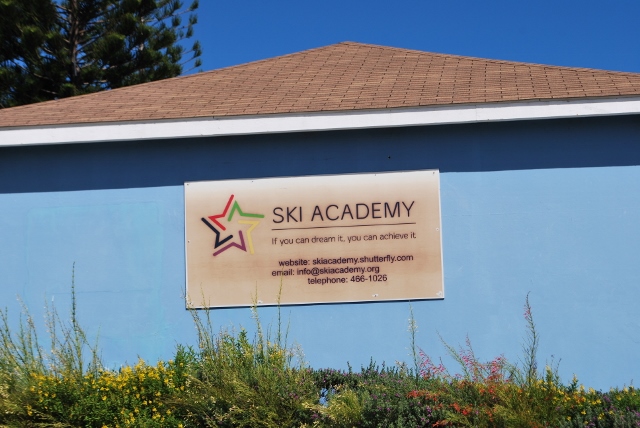
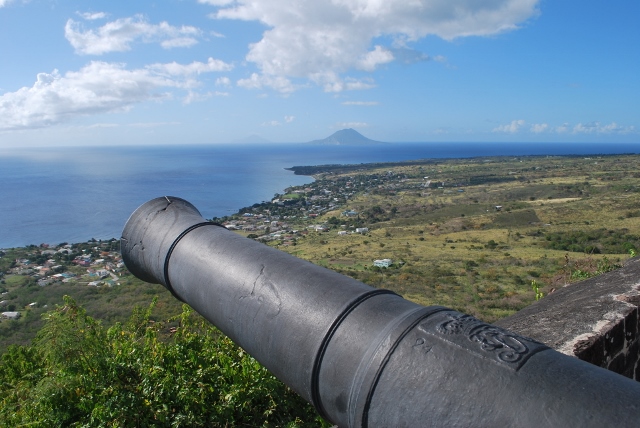
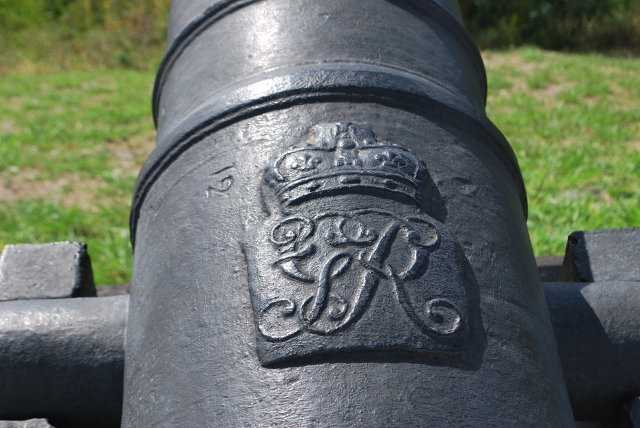
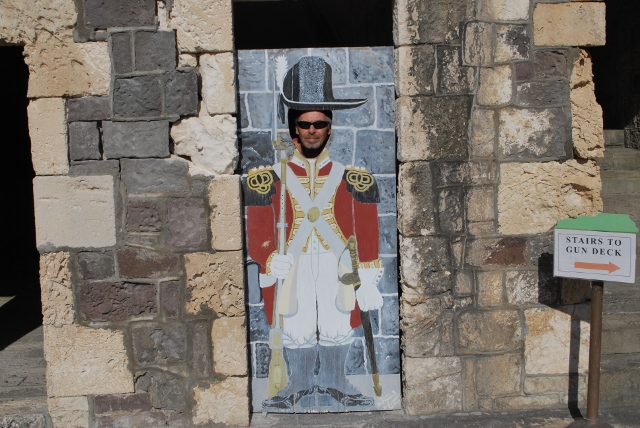
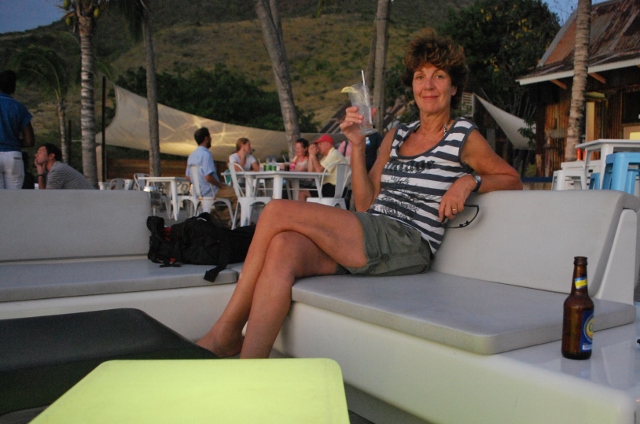
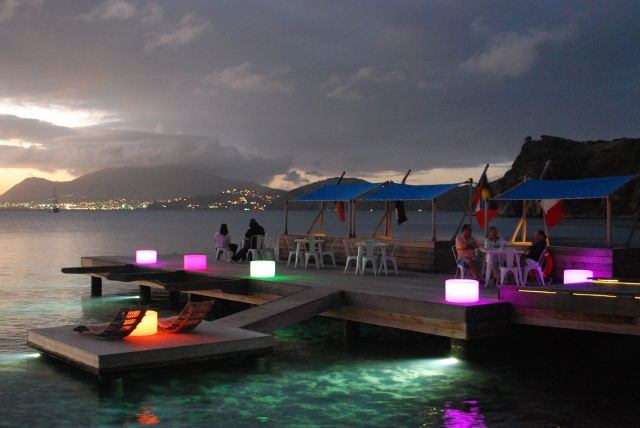
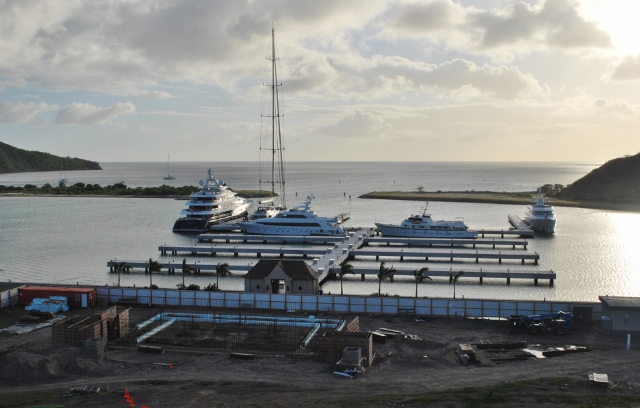
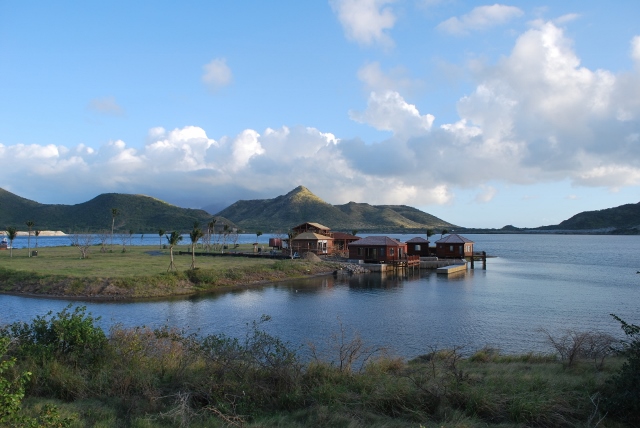
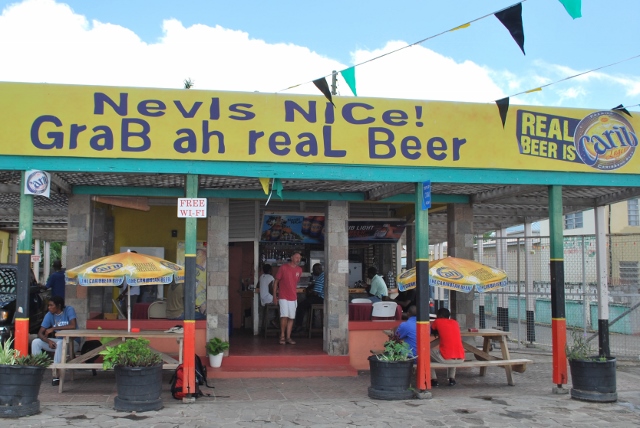
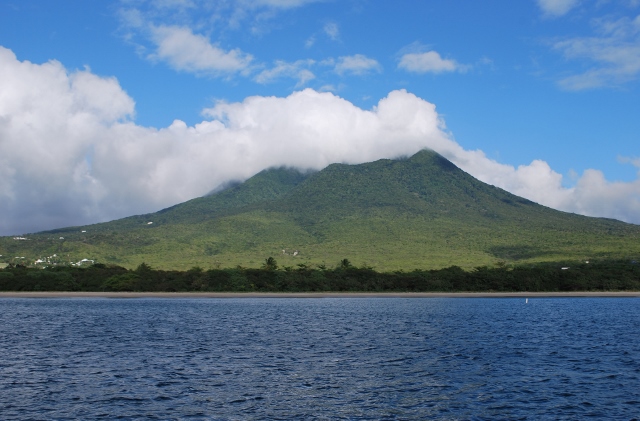
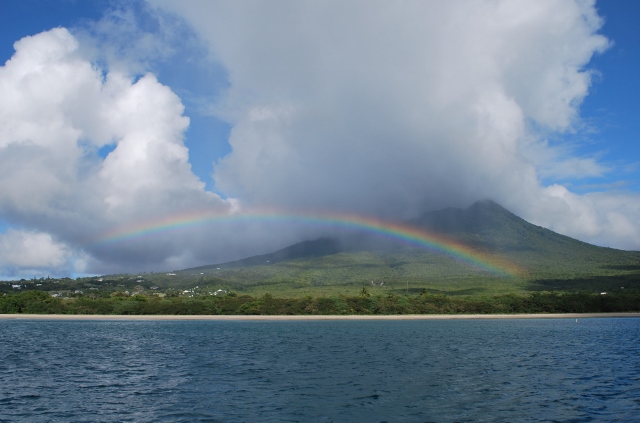
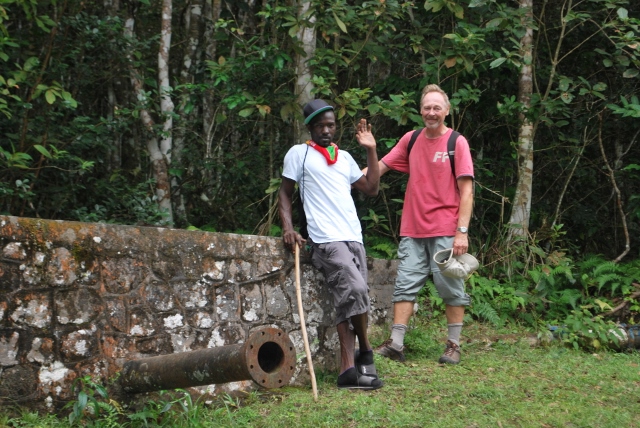
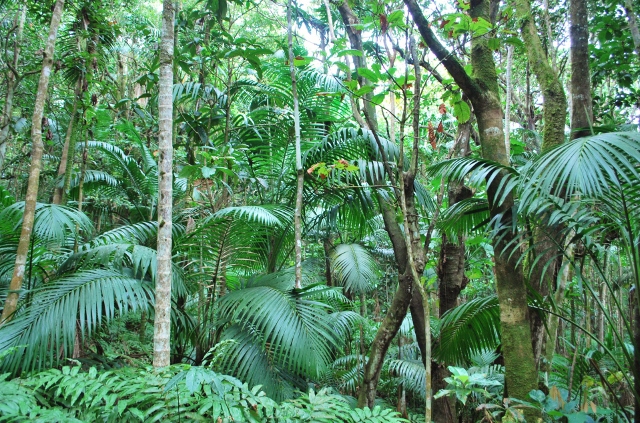
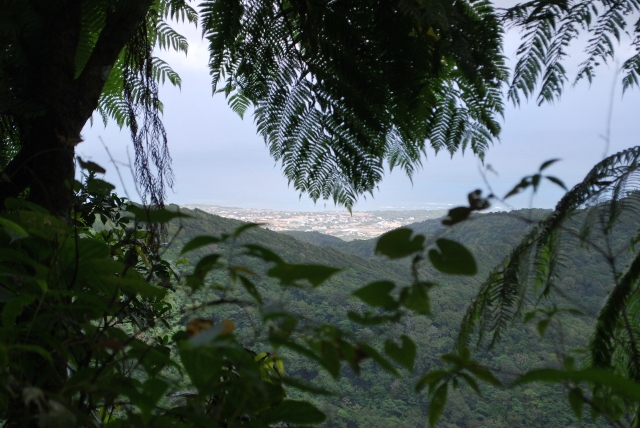
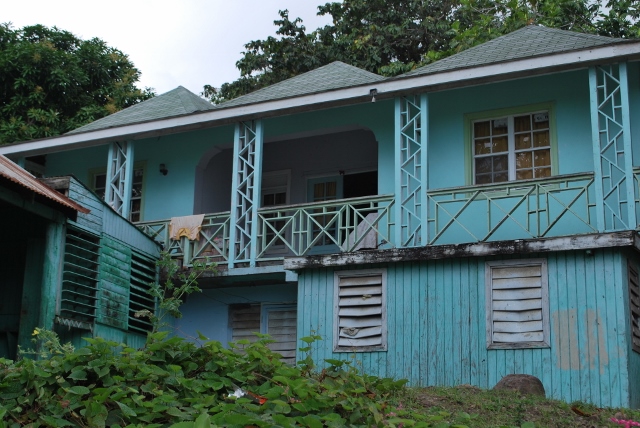
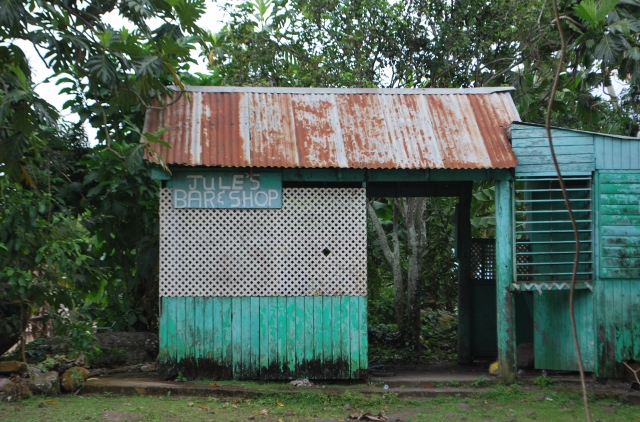
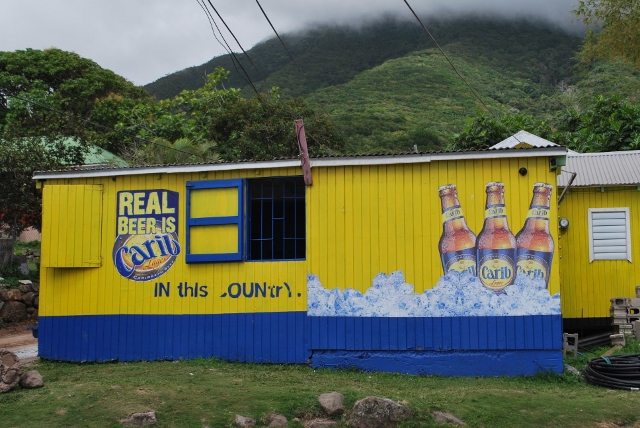
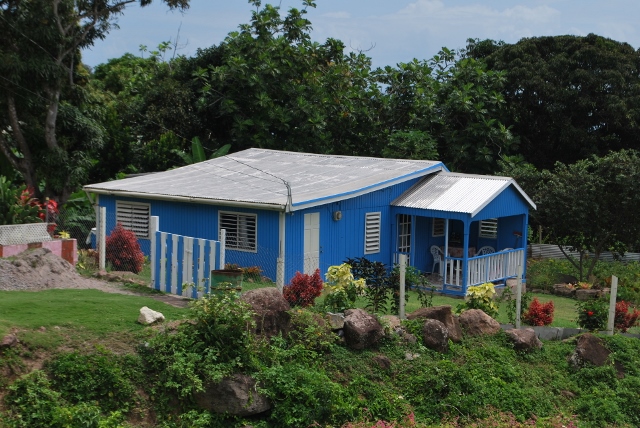
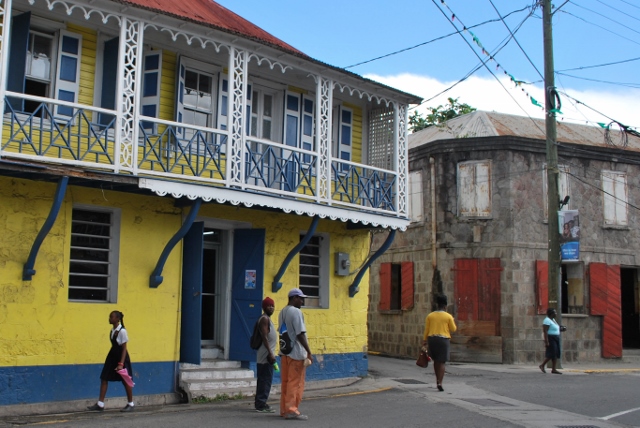
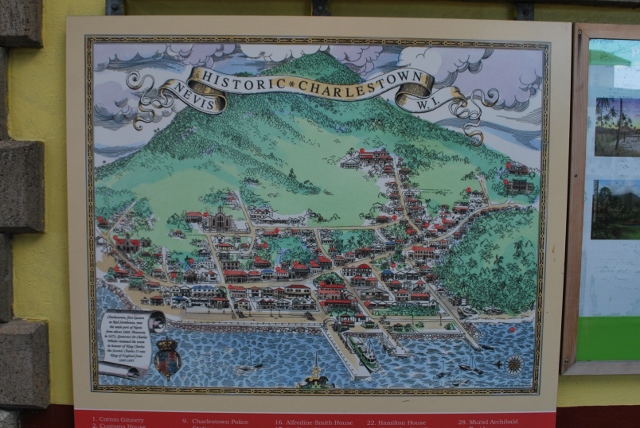
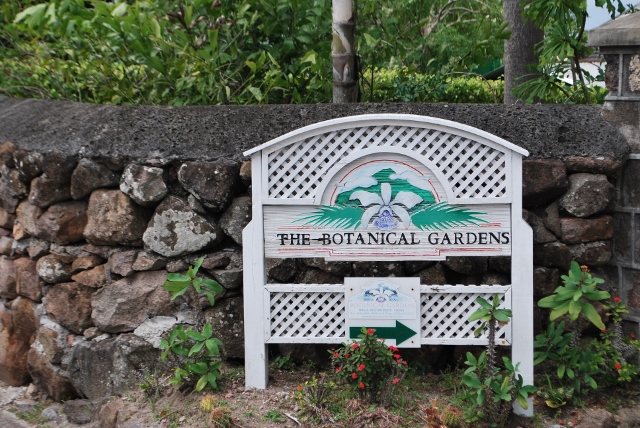
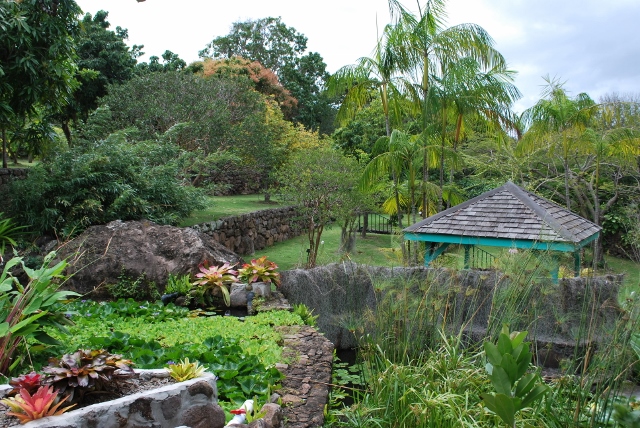
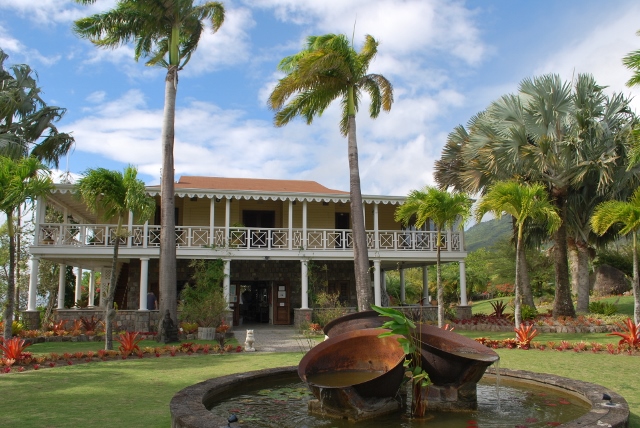
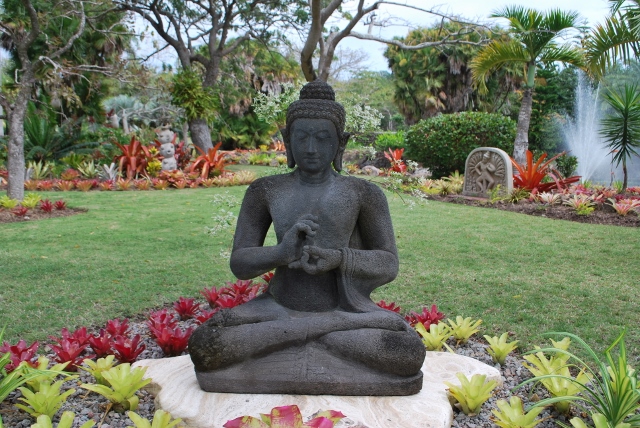
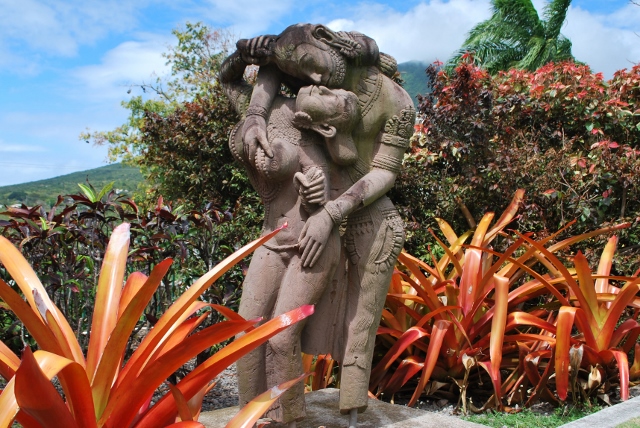
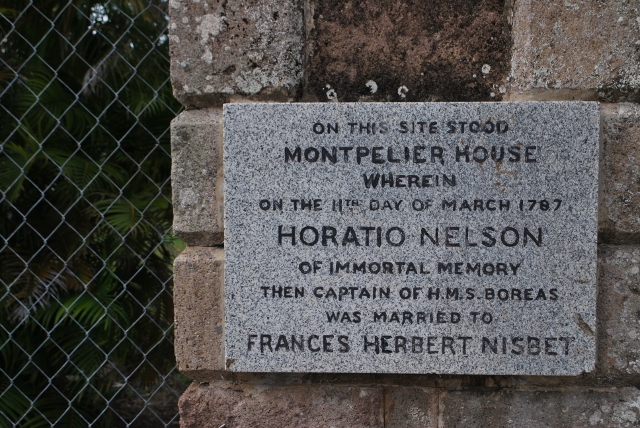
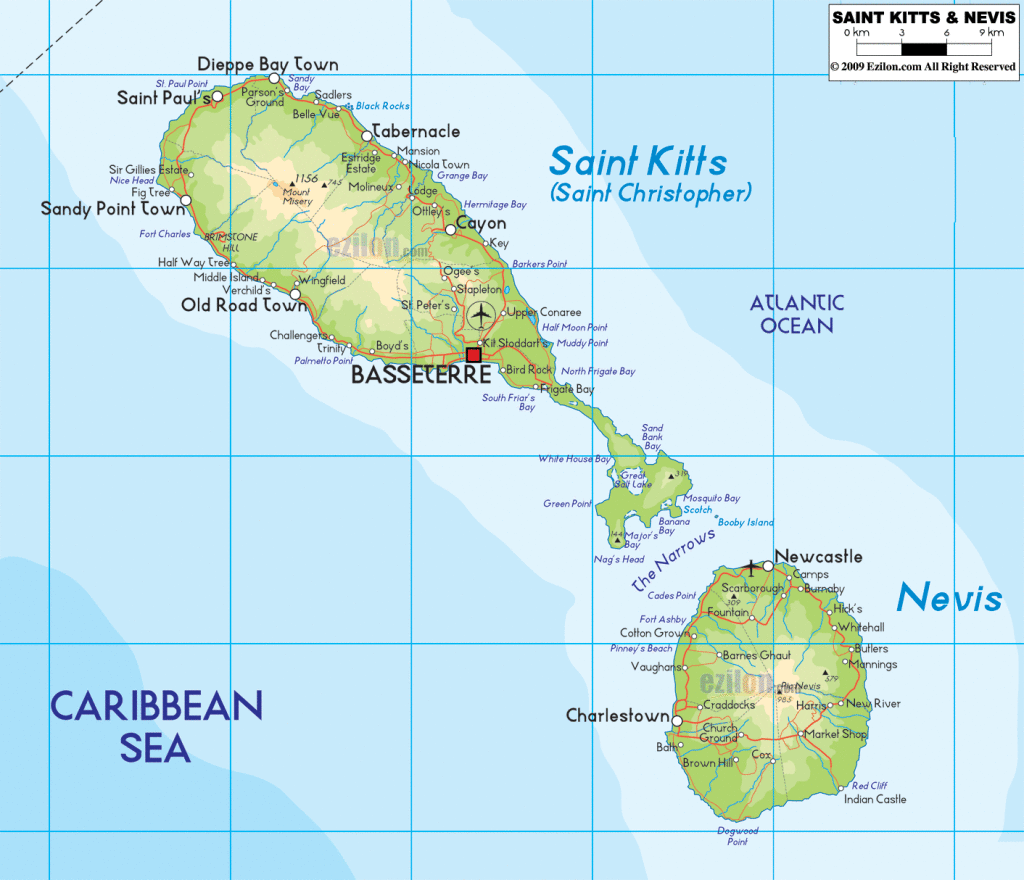
10 Comments
Sue Lucas
March 14, 2016 - 9:35 pmThat all sounds a little more like I imagined sailing round the Caribbean would be. Loved the idea of your guide hiking wearing slippers. Xx
annie
March 15, 2016 - 2:23 pmOur guide was a young cricket player, hoping to get selected for the West Indies team, so a hike in the mountain wearing bedroom slippers was a walk in the park for him xx
The Jetski
March 14, 2016 - 11:11 pmLovely account of the islands and what a way to see them at your own pace. Think with the Britannia thing I’d have opted for the hiding of the flag! I’m sure it’s a very impressive ship though.
annie
March 15, 2016 - 2:26 pmThanks Jetski. We decided to do just that! xx
Mark Stanley
March 15, 2016 - 9:50 amI’m sure Gavin Sutherland has mixed feelings about his song being belted out by Rod Stewart from a huge cruise liner full of daily mail readers. Bet the royalties soften the blow, though. Be interested to hear about Monserrat. There’s a strong Irish connection ( read Pete McCarthy’s book ) through white slavery as I remember.
annie
March 18, 2016 - 6:48 pmNot sure what Elgar and Blake would have made of it either. See my latest post on Montserrat! I’ll have to read Pete McCarthy’s book.. It’s not on kindle. I read McCarthy’s Bar years ago xx
Annie
March 16, 2016 - 9:26 pmHomesick! Surely not. Are you meeting lots if nice peeps or, because you’re a couple, are you not mixing. Ah the joys of solo travel.
annie
March 18, 2016 - 6:42 pmWe do meet lots of people. But don’t tell me Annie that you never missed home or Kathryn just a bit when you were travelling for a year in S America? xx
tom
March 18, 2016 - 7:35 ammap is a good idea as it really helps to locate your tale and make the island easier to imagine. is st kitts itself another volcano I wondered?
tom
annie
March 18, 2016 - 6:41 pmHi Tom. I think that they’re all volcanic islands round here.. some more extinct than others. The one on Martinique erupted in 1902, I think, and wiped out 30,000 of the population in the capital. We’ll be there in a few weeks…